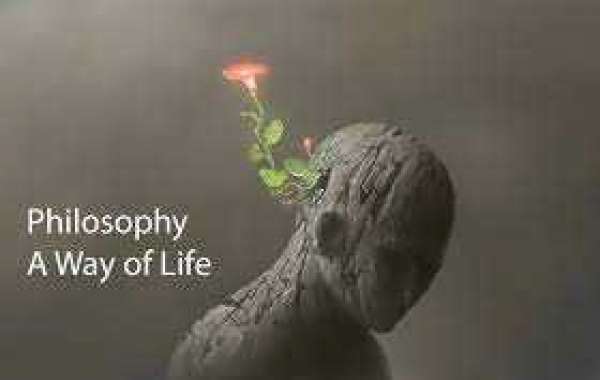Defining Synchronicity:
Carl Jung's Insights:
- Synchronicity, a term coined by Swiss psychiatrist Carl Jung, refers to the meaningful connection between events that are not causally related but share a common symbolic significance.
- Jung proposed that these occurrences go beyond mere chance, suggesting a deeper, interconnected fabric weaving together the external world and the individual psyche.
Acausal Connecting Principle:
- Jung introduced the concept of an "acausal connecting principle," suggesting that certain events are linked not by cause and effect but by their meaningful resonance.
- This principle challenges our conventional understanding of reality, introducing the idea that the universe may be more interconnected than we can fathom.
Exploring Examples of Synchronicity:
Encounters with Significant People:
- Many individuals report meeting important people in their lives through seemingly random encounters.
- Whether it's finding a lifelong friend at a chance event or meeting a romantic partner in an unexpected setting, these synchronicities often carry profound personal meaning.
Symbolic Reiterations:
- Synchronicity often manifests through repeated symbols or themes that hold personal significance.
- Encountering a specific animal, number, or image repeatedly in different contexts may signal a deeper connection to one's life journey.
Navigating Crossroads:
- Synchronicity often emerges during critical junctures or decision points in one's life.
- Unforeseen events or encounters at these crossroads may provide guidance or validation of the chosen path.
The Quantum Perspective:
Entanglement and Nonlocality:
- Quantum physics introduces the concept of entanglement, where particles become connected in ways that defy classical understanding.
- Nonlocality suggests that events can be correlated across vast distances instantaneously, challenging our traditional notions of space and time.
Observer Effect:
- The observer effect in quantum physics posits that the act of observation can influence the behavior of particles.
- Synchronicity, in a sense, involves a heightened state of observation, where one becomes attuned to the meaningful connections woven into the fabric of reality.
The Role of Intuition:
Tapping into Inner Wisdom:
- Synchronicity often involves a heightened sense of intuition or inner knowing.
- Trusting one's instincts and being open to subtle cues can amplify the experience of meaningful coincidences.
Expanded Consciousness:
- Synchronicity may be more accessible to individuals in states of expanded consciousness, whether through meditation, dreams, or other contemplative practices.
- Cultivating mindfulness and awareness can create fertile ground for synchronistic experiences to unfold.
Synchronicity in Cultural and Historical Contexts:
Ancient Wisdom and Mythology:
- Many ancient cultures recognized the interconnectedness of events and the significance of symbols.
- Mythological narratives often reflect themes of synchronicity, portraying characters guided by unseen forces or encountering meaningful coincidences on their quests.
Eastern Philosophies:
- Eastern philosophies, such as Taoism and Buddhism, embrace the concept of interconnectedness.
- The idea of a universal flow and the interdependence of all things aligns with the essence of synchronicity.
The Skeptical View:
Coincidence or Pattern Recognition:
- Skeptics argue that what appears as synchronicity may simply be a result of coincidence or pattern recognition.
- The human mind, wired to find meaning and patterns, may perceive connections that are not inherently significant.
Confirmation Bias:
- Confirmation bias, the tendency to interpret information in a way that confirms one's preexisting beliefs, could contribute to the perception of synchronicity.
- Skeptics propose that individuals may selectively remember or notice events that align with their expectations.
Embracing the Mystery:
The Power of Meaning:
- Regardless of the skeptics' viewpoint, the allure of synchronicity lies in its power to infuse life with meaning.
- The stories we tell ourselves about these meaningful coincidences contribute to our sense of purpose and connection.
Navigating the Unknown:
- Synchronicity invites us to navigate the unknown with a sense of wonder and openness.
- Embracing the mystery of life's interconnectedness can foster resilience and a deeper appreciation for the unfolding journey.
Conclusion:
In the dance of synchronicity, we encounter a tapestry woven with threads of mystery, intuition, and interconnectedness. Whether seen through the lens of psychological phenomena, quantum entanglement, or ancient wisdom, synchronicity continues to beckon us to explore the boundaries of our understanding. As we navigate the ebb and flow of meaningful coincidences, the profound question lingers: Are these occurrences mere chance, or do they offer glimpses into a deeper, more interconnected reality waiting to be unveiled?









